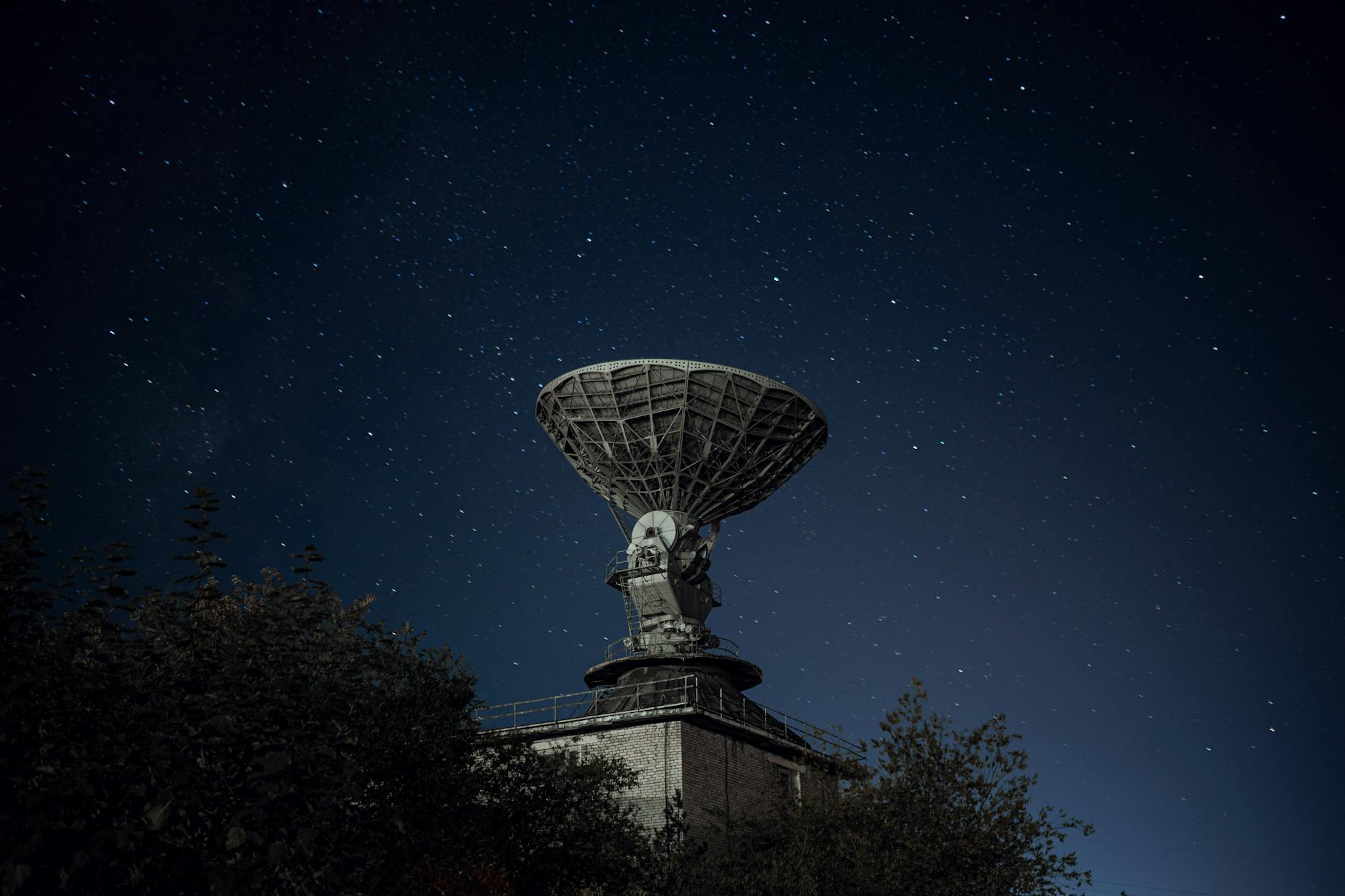Cosmic Beacon: Astronomers Detect Unprecedented Fast Radio Burst
Powerful Signal Traced to Distant Galaxy, Offering New Clues to Astronomical Mysteries
Astronomers have announced the detection of the most powerful Fast Radio Burst (FRB) ever recorded, a significant event that has captured the attention of the scientific community. These enigmatic, millisecond-long flashes of radio waves originating from deep space have puzzled researchers since their discovery in 2007. This latest, exceptionally potent burst, designated FRB 20220610A, has been precisely localized to a galaxy billions of light-years away, a crucial step forward in understanding the origins and nature of these intense cosmic phenomena.
Unraveling the Mystery of Fast Radio Bursts
Fast Radio Bursts are among the most intriguing puzzles in modern astrophysics. They are characterized by their brief duration and immense energy output, often exceeding the total energy output of the Sun over several days. While the exact cause remains a subject of ongoing investigation, leading theories point to highly magnetized neutron stars, known as magnetars, as potential sources. The transient nature and immense distances of FRBs make their study challenging, requiring sophisticated detection equipment and rapid follow-up observations.
A Technological Leap in Detection and Localization
The successful tracking and pinpointing of FRB 20220610A were made possible by a new generation of radio telescope arrays. These advanced instruments, spread across continents, provide unprecedented sensitivity and the ability to triangulate the precise cosmic address of these fleeting signals. The ability to localize FRBs is critical, as it allows scientists to study the environment from which they emanate, searching for clues about their progenitors and the interstellar or intergalactic medium they traverse.
What Made This Burst Stand Out?
FRB 20220610A distinguishes itself not only by its power but also by its distance. Initial estimates place its origin in a galaxy approximately 8 billion light-years from Earth, making it one of the most distant FRBs ever detected. This vast cosmic gulf means the radio waves have traveled for eons, interacting with matter along the way. Studying how these waves have been dispersed and affected by the intervening universe can provide valuable insights into the composition and distribution of matter throughout cosmic history.
Diverse Perspectives on the Origins of FRBs
While magnetars are a leading hypothesis, the scientific community continues to explore other possibilities. Some researchers have considered explanations involving the interaction of black holes or even, more speculatively, extraterrestrial intelligence. However, the consensus among astrophysicists leans towards natural astrophysical phenomena. The consistent detection of repeating FRBs from specific locations supports the idea of persistent sources, with magnetars fitting this profile due to their extreme magnetic fields and energetic behavior.
The sheer power of FRB 20220610A challenges some existing models and may necessitate refinements in our understanding of magnetar activity or the physics governing these extreme events. The international collaboration involved in its detection underscores the global effort to unravel these cosmic enigmas. Researchers will now be analyzing the data from this burst, comparing it with previous detections, and looking for any repeating signals from the same source.
Implications for Understanding the Universe
The study of FRBs has implications far beyond simply identifying their source. By tracing the path of these radio waves, scientists can probe the intergalactic medium, the vast, diffuse gas and plasma that exists between galaxies. The dispersion measure of an FRB, which quantifies how much the signal has spread out in frequency, provides a direct estimate of the amount of ionized gas along the line of sight. This makes FRBs valuable cosmic probes, acting as natural telescopes that can help map the distribution of matter in the universe.
Furthermore, understanding the extreme physics that power these bursts could lead to new discoveries in areas like plasma physics and general relativity. The repetitive nature of some FRBs also offers opportunities for more detailed study, allowing for the monitoring of changes in their emission and the surrounding environment over time.
What to Expect Next in FRB Research
The detection of FRB 20220610A is expected to spur further observational campaigns. Astronomers will likely target its host galaxy with other telescopes across the electromagnetic spectrum, searching for any associated celestial objects or ongoing activity. The development of more sensitive radio arrays, such as the Square Kilometre Array (SKA) currently under construction, promises to detect even more distant and fainter FRBs, further expanding our cosmic reach and understanding.
Continued research will focus on accumulating more data on a larger sample of FRBs, looking for patterns and statistical trends that can distinguish between different source models. The ultimate goal is to identify a definitive “smoking gun” that confirms the origin of these powerful cosmic signals and unlocks the secrets they hold about the most energetic processes in the universe.
Key Takeaways from the Detection:
- The most powerful Fast Radio Burst (FRB) ever detected, FRB 20220610A, has been recorded.
- The burst originated from a galaxy approximately 8 billion light-years away, making it one of the most distant FRBs localized.
- Advanced radio telescope arrays were crucial for the precise localization of the signal.
- Magnetars are currently considered the leading candidates for the source of FRBs, though research continues.
- FRBs serve as valuable tools for probing the intergalactic medium and understanding cosmic evolution.
Continuing the Scientific Exploration
The ongoing study of Fast Radio Bursts represents a vibrant frontier in astrophysics. Readers interested in following these developments can consult the findings published by the research teams involved. Understanding these phenomena requires a commitment to rigorous observation and data analysis, pushing the boundaries of our knowledge about the cosmos.
References
- Information on Fast Radio Bursts can be found on the NASA website.
- Details regarding ongoing radio astronomy projects can be found on the National Radio Astronomy Observatory (NRAO) website.


























